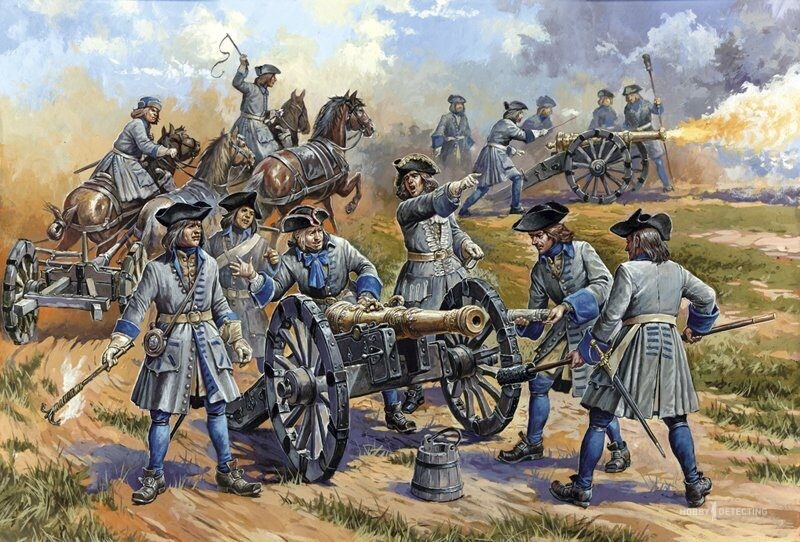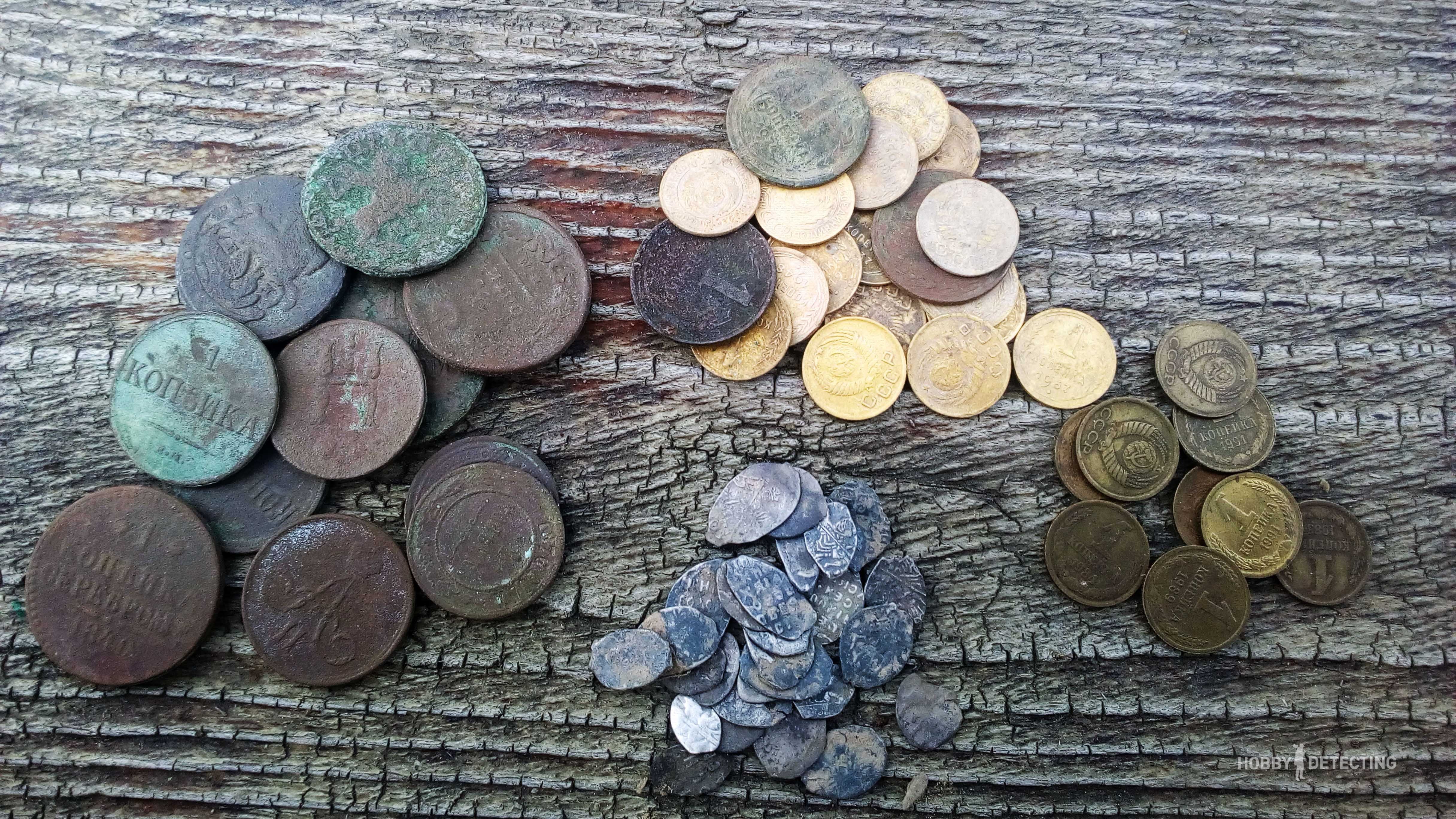How a copper coin helped defeat the most powerful army in Europe
I am convinced that even the most inveterate loser and stupid student of history at least once in his life heard about the Battle of Poltava, the titanic transformations and military reforms of the first Russian Emperor Peter I. So, tell the background of my plot notes make no sense.
I like to study historical processes through the figures of financial statements and cash flows. After all, it is clear that it does not matter what excellent fighting spirit a large and armed army has. If the soldiers are not paid, they will quickly flee. Any war requires a lot of money, and few people have wondered where this money came from from the newly declared Russian Empire.

The economy of the entire northern Europe worked for the Swedes and Charles XII. The industrial and economic potential of the territories subordinate to the Swedes was many times greater than the economy of the Russian kingdom. And we have constant problems with collecting taxes, riots in the Siberian lands, endemic corruption and regular raids by Tatars, Cossacks and Poles. In general, the economy is torn to shreds.
Where to get money for military reforms, the construction of ships and, in general, for the rearmament of the army? It was necessary to carry out a monetary reform according to the European model. It was necessary to organize the production of money in such a way that the state could earn money by producing money.
And what is the point??? The fact is that kings, tsars and padishahs learned to spoil coins back in ancient times. This is the typical approach of many rulers. When it was necessary to urgently find money for the next war, the specific gravity of precious metals in minted coins was reduced.

This number did not work in Rus’ for two reasons. The first is that before Alexei Mikhailovich, the Russian kingdom did not have its own silver and gold mines, and before Catherine the Great, Russia did not have its own copper. Therefore, it was impossible to establish a state monopoly on the mines and, as in Sweden, to earn up to 300% of net profit from minting copper coins. Second, the internal currency was skins and furs. An absolutely natural product, which made the people not understand why minting money is the prerogative of only the prince and the king. In general, money in Rus’ was worth exactly the price of metal. Therefore, large and medium-sized trade transactions were carried out by the weight of silver, and not by the number of kopecks, sabelniks and half rubles in the buyer’s wallet.
I will not go into the jungle of historical facts and analysis of the situation from recognized historical authorities; after all, my note is a scientific piece. Therefore, if anyone in the future wants to show off their erudition and knowledge of historical material, you are welcome to write in the comments. Well, for now I’ll continue.
From his voyage across Europe, Pyotr Alesievich brought not only knowledge about shipbuilding, but also all sorts of military engineers, officers and doctors. Tsar Peter also brought the first European-style coining machine. According to another version, he brought the drawings and our craftsmen figured it out on the spot and assembled everything as it should.
It is absolutely natural that Peter I, in addition to other sciences and the habit of smoking, received knowledge of how much profit the treasury could receive from the minting of copper coins. It is certainly tempting and promising, but there was one big “BUT”. Many in the Russian kingdom still remembered the consequences of the copper riot that happened under the father of Peter I, Alexei Mikhailovich. These were very serious, bloody, destructive and massive protests of citizens, which were suppressed only with great blood.

So, the introduction of a new copper coin with a face value of one kopeck was carried out carefully and with great regard for public opinion. First, they began to mint coins in denominations of half a kopeck (money) and a quarter of a kopeck (half a coin). At the same time, the copper coin was minted on the same basis as the silver coin familiar to the people, and all government institutions had orders to exchange the copper coin for a silver one upon request. At the same time, a PR company, as they would say now, was launched to discriminate against small silver penny. So they began to call silver pennies lice and ridicule those who wore silver coins on their cheeks.
And, indeed, the new copper, large and therefore easy to handle kopecks have taken root among the people. There were no riots; moreover, the people themselves most often began to use copper money for everyday circulation. In the fourth year of the monetary reform, the coining machine began to work at full capacity.

The minting of silver flakes continued until 1711, by which time a huge shortage of silver began in Russia and there was a known case in which an entire team at the mint, during experiments on adding mercury to silver, was poisoned by fumes of the poisonous metal.
And yet, let’s return to the copper penny. The fact is that the cost of producing this coin, taking into account that copper had to be purchased for export, was 35 kopecks per ruble of finished products. That is, the state treasury received a margin of 65 kopecks per ruble or almost 200% of net profit. This is where money came from in the treasury for military reforms, construction of a fleet, rearmament of a new army and victories over the Swedes near Poltava.

Of course, in history books they write about the military genius of Peter I, but that’s a completely different story.
Dogs. Imagine how much the state earns today, when to issue money you just need to press a key on the keyboard of one special computer in the Ministry of Finance.
